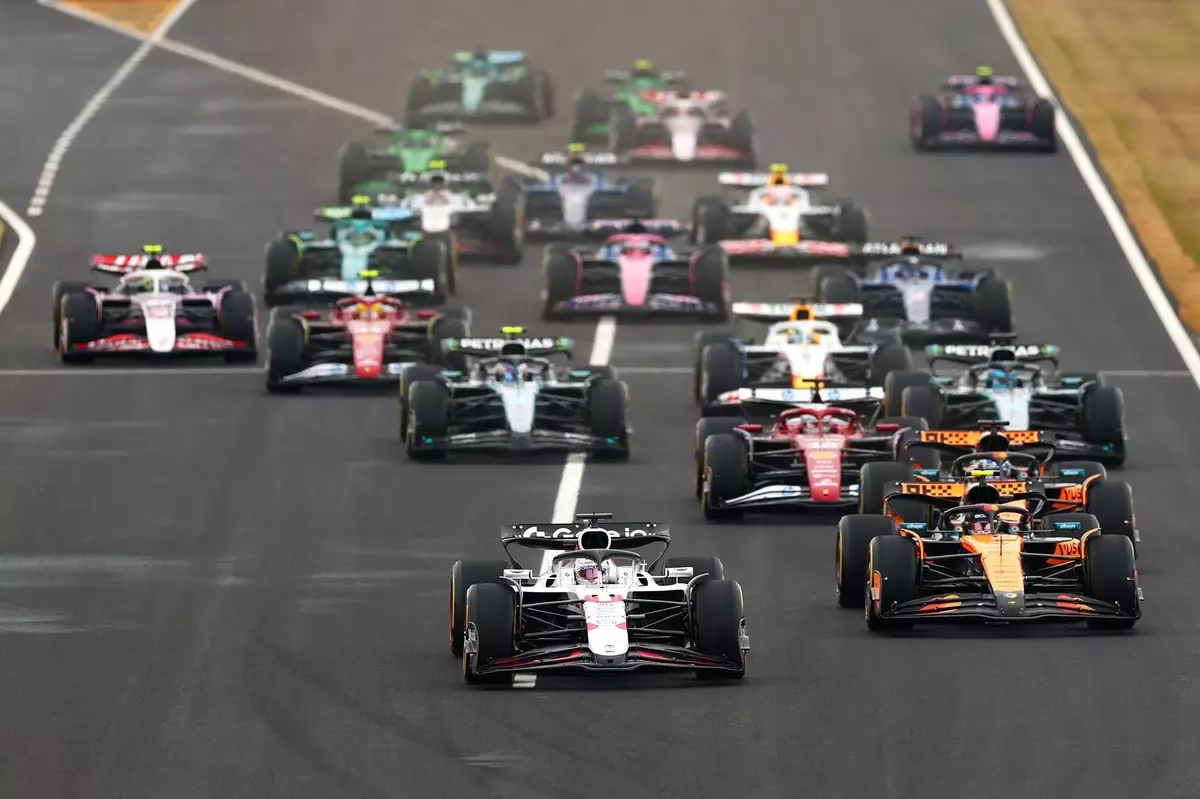In the world of Formula 1, the sound of roaring engines and the thrill of high-speed racing captivate millions. However, behind the thrilling spectacle lies a complex web of regulations and technology, particularly concerning power units. Recently, key players in F1 gathered to discuss the path forward for engine regulations, sparked by the potential impending introduction of the 2026 hybrid formula. These discussions reflect a growing awareness among manufacturers about the need for balance in competition, particularly following the overwhelming dominance of Mercedes in 2014.
The stakes are high as manufacturers must navigate the fine line between innovation and competition. FIA President Mohammed Ben Sulayem led this roundtable, suggesting a possible revival of V10 engines, igniting different reactions among stakeholders. Foreseeing the potential pitfalls that could arise from any regulatory changes, the meeting served as a vital platform for manufacturers to express their views and intentions for the future.
A Diverse Manufacturer Landscape
Among the voices at the table were some of the most powerful figures in F1: Audi, Honda, and Mercedes. Each manufacturer arrived with unique perspectives, showcasing their commitment to their strategic goals while voicing concerns about the hybrid formula. Audi articulated their apprehensions about altering the freshly established regulations, which had already enticed them into the F1 arena. Similarly, Honda’s presence underscored the import of their stake in the game—indicating that any significant deviation from agreed plans could deter further engagement from critical players.
Needless to say, the presence of industry titans such as Mercedes, represented remotely by CEO Ola Kallenius, brought another layer of tension to the discussions. The historical context of Mercedes’ dominance has left other manufacturers wary of repeating past mistakes. Their careful deliberation over the rules has highlighted how crucial it is to ensure parity among competitors, thus safeguarding the excitement that F1 promises its fans.
Challenges of Change
The road to change, however, is riddled with challenges. While manufacturers are open to discussing future modifications to engine specifications, altering the current 2026 regulations seems unlikely due to a lack of consensus. Team principal Christian Horner of Red Bull Racing emphasized the need for further dialogue, indicating that any real progress hinges on manufacturers providing constructive feedback to the FIA.
As discussions unfolded, one topic gained significant traction: the introduction of more flexible regulations allowing manufacturers to enhance their engines during the season. This proposed solution aims to dissolve the performance discrepancies that arise from regulatory changes. It’s essential to recognize the inherent risks of such a framework; while it could promote competitiveness, it might also lead to an unanticipated arms race among manufacturers.
Vision for the Future
The pursuit of a compelling racing experience is paramount for F1. The meeting attendees unanimously agree that cultivating a tighter competitive environment is vital for maintaining audience engagement. As F1 moves toward the 2026 hybrid formula, redefining what constitutes a successful power unit will be crucial to avoid a reoccurrence of the scenario seen in 2014. Striving for convergence in engine performance could become a focal point for future discussions.
By embracing innovative approaches while remaining committed to regulatory integrity, the governing body and manufacturers may find a harmonious path forward. Rather than fearing changes that aim to elevate competition, they should actively embrace the opportunity to refine the sport’s core elements. Building an ecosystem where technical advancements go hand-in-hand with equitable racing could solidify the foundations for years to come.
The collaboration between existing manufacturers and newcomers like Cadillac signifies an evolution in F1’s ecosystem, where challenge and collaboration converge. Ultimately, the next steps taken by decision-makers will significantly shape not only the technical domain of F1 but will also dictate the legacy of racing that fans and participants cherish. As the dialogue continues, the clarity of strategic objectives may become the cornerstone for thrilling future seasons.

